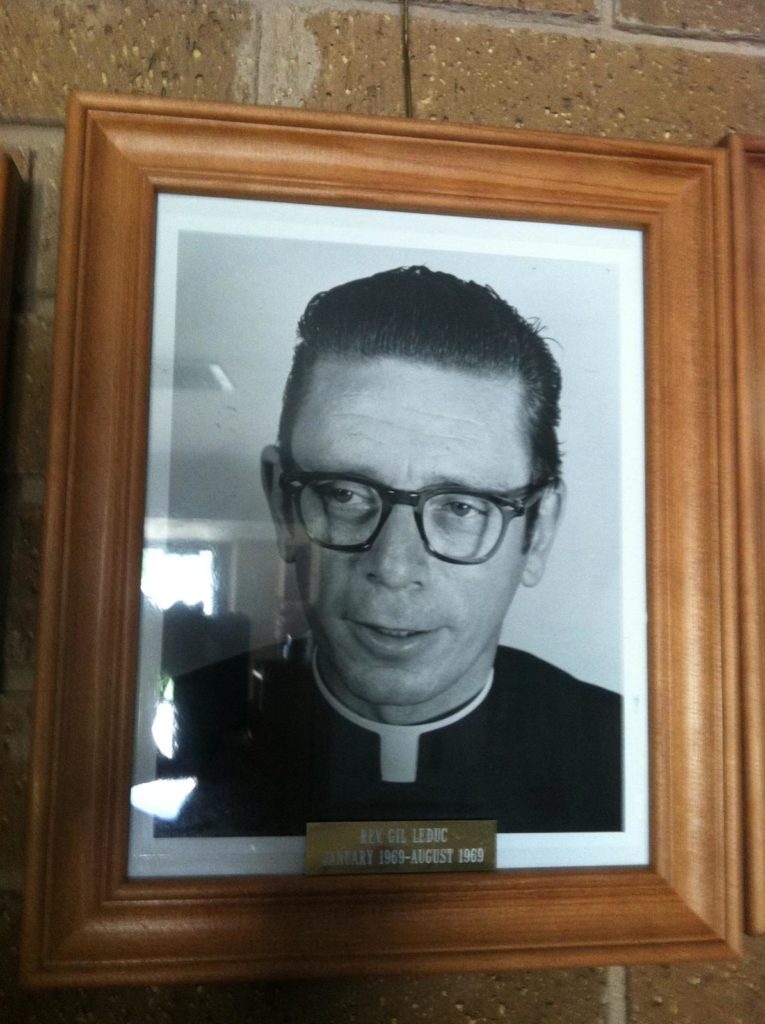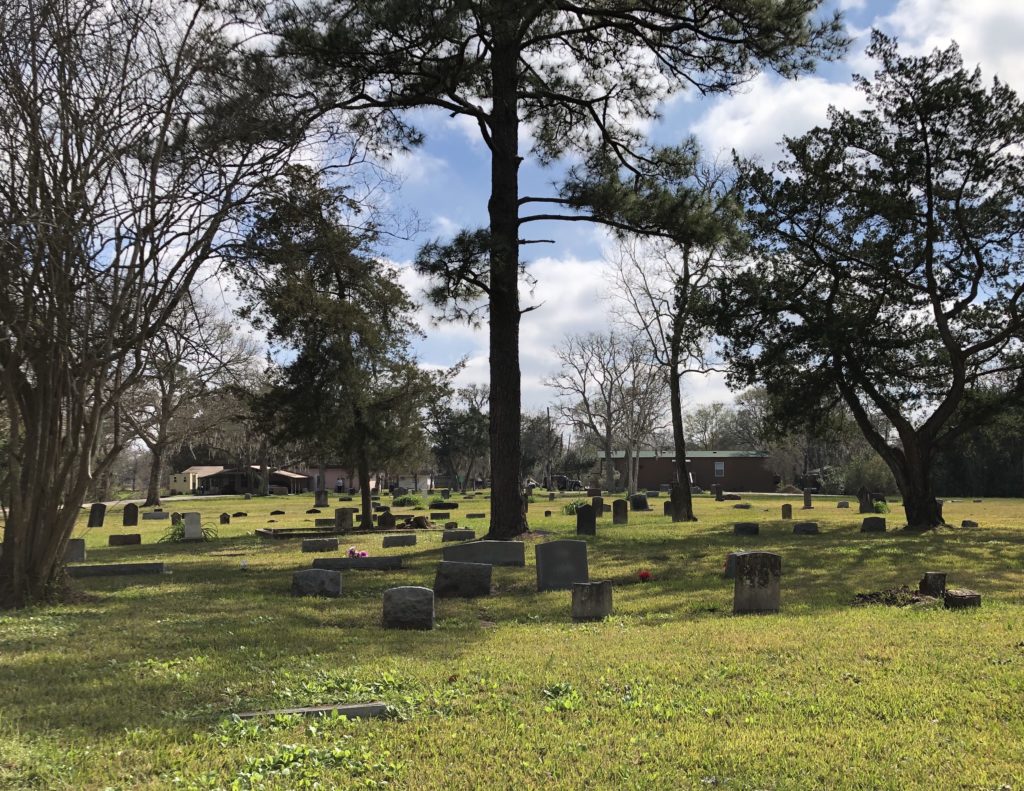It’s been one year since Father Leduc appeared on the the Archdiocese of Galveston-Houston (ADGH) list of 40 priests “credibly accused” of abusing children. (ADGH also included 2 names of priests currently under active investigation.) As the author who spent six years piecing together a portrait of Leduc for my book MASS: A Sniper, a Father, and a Priest, published 9 months prior to the ADGH revelations, Leduc’s inclusion on the list added only another disturbing and imperfect piece to a frustrating puzzle.

As survivors and researchers know all too well, diocesan lists of accused clergy are only one small step towards any modicum of justice or reconciliation for victims and their families.
Missing, jumbled, or hazy details in these timelines can perpetually blur the priest portraits in plain sight and undermine victim outreach. What looks to the untrained eye like “disclosure” simply betrays a cruel sleight of hand.
Like most dioceses, ADGH does not include dates or number of accusations, nor does it include the precise nature of any allegations. ADGH also listed parish assignments in alphabetical order rather than as a timeline, making it overcomplicated for a non-expert to put the information in order. (By the way, the Archdiocese of Seattle several years ago demonstrated that a chronological list was quite possible.)
What is missing in Father Leduc’s timeline in the ADGH official list is far from “extra.” It took me significant hours over six years of cross-checking source materials (including archives, directories, public records, newspapers, site visits, and interviews) to flesh out Leduc’s face in the shadows where no one was looking.
Here just a few key details that matter. All of them are thoroughly sourced and “track-backed” for the first time in MASS:
Last year, just days ahead of the release of the ADGH list (along with all “credibly accused” lists across the State of Texas), I traveled to Houston and presented my research on a public panel, alongside representatives of SNAP (Survivor Network of those Abused by Priests) and researcher Siobhan Fleming.
- Leduc’s middle name is “Gilles,” not the Anglicized “Giles.” Multiple records and personal interviews–including one I conducted with Archbishop Joseph Fiorenza–indicated that he was “Gil” or “Father Gil” to those who knew him.
- The chronology of Leduc’s assignments in ADGH: Annunciation Parish (1955), Christ the King (1956-61), St. Pius V in Pasadena (a few months in 1961), St. Philip Neri (late Dec. 1961-1964), St Mary’s Port Arthur (a few months in mid-1965), Sacred Heart Co-Cathedral (briefly in late 1967-early 1968, occasionally saying mass at St. Joseph’s in Baytown), St. Dominic’s in Sheldon Reservoir (Jan. to Aug. 1969), and then “in residence” at Assumption Parish (1970-72).
- From 1955 to at least 1963, Leduc was recognized publicly within Catholic Boy Scouts in the greater Houston Area. By 1963, he was “Catholic Area Chaplain,” presiding over large scout events at St. Joseph’s Parish in Baytown. The Director of Catholic Scouting for the diocese at the time was Rev. Henry A. Drouilhet (identified as “credibly accused” by the Diocese of Beaumont TX.)
- In 1964, Leduc was granted permission by Bishop John Morkovsky to enter the military chaplaincy corps for the United States Air Force, a separate diocese at the time under the jurisdiction of the Archdiocese of New York. Leduc entered chaplaincy training in summer 1965 at Maxwell AFB in Alabama. During his active period, he was stationed at Lackland AFB in San Antonio TX and then at Elmendorf AFB in Alaska from late July 1966 to the end of 1967.
- Leduc remained in the USAF reserves after his active period, spending days on base in Denver, Colorado and Cannon, New Mexico between 1968-1970.
- Leduc’s active ministry in the Houston diocese was comparably short, roughly 15 years total from 1955-1970.
- After his “in residence” period at Assumption Parish from 1970-72, Leduc remained on combined “sick leave” and “leave” from 1972 to 1981, the year he died outside the state.
I returned to south Texas this week for work on a new project and made another visit to the site of the cabin Leduc owned and borrowed against in 1960-61, on a bayou south of Houston. His property stood on one side of a dead end on a gravel road, behind a graveyard. He defaulted on his loan in 1966, shortly before he was whisked away to Alaska.
Looking past the gravestones, down the single lane and towards the muddy waters, I thought about death, and unpaid debts, and hiding places. Most folks passing the grass and slab where Leduc’s property once stood are not thinking about priests and credible accusations and what might very well have happened here.
That’s exactly what dioceses and their attorneys count on. In order to go forward, we must treat the ADGH list–and all diocesan lists–as a modest opening rather than a dead end.
Contact law enforcement and an attorney if you are a victim-survivor or survivor’s family member with memories of Leduc or any other priest.
You can read my previous posts about Leduc and Rev. Drouilhet in Houston-area Catholic scouting here.
You can purchase a copy of MASS: A Sniper, a Father, and a Priest from Pelekinesis, in paperback or Kindle at Amazon, and upon request from your local bookseller.

He borrowed on the property in 1961 and defaulted on his note in 1966.

Recent Comments